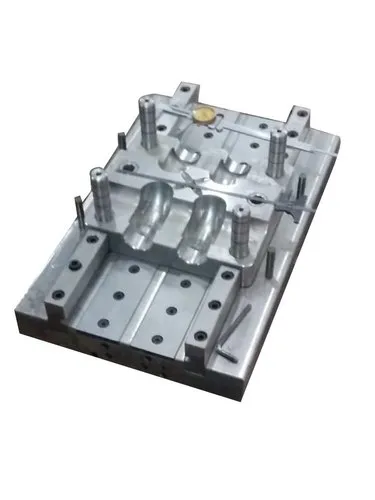Injection molding has become a critical manufacturing process in the aerospace industry due to its ability to produce high-precision, complex components with lightweight materials and excellent repeatability. As aerospace systems demand strict quality, weight, and safety standards, injection molding offers several advantages that meet these stringent requirements.
1. Interior Cabin Components
Injection molding is widely used to manufacture various interior parts of aircraft cabins. These include:
Seat components (armrests, tray tables, trim covers)
Overhead bins and paneling
Air ducts and ventilation covers
Lighting fixtures and housings
Latches, knobs, and other control interfaces
These parts benefit from injection molding due to their need for precise dimensions, lightweight materials, and smooth finishes.
2. Electrical and Electronic Housings
Aircraft contain numerous electronic systems for navigation, communication, and control. Injection molding is used to produce:
Connectors and cable housings
Circuit board holders and brackets
Switch casings and instrument panels
Thermoplastics used in these applications must often meet strict flame-retardant and thermal-resistance standards, such as UL 94 V-0.
3. Structural Components (Non-Critical Load Bearing)
While metal is typically used for primary structural components, high-performance thermoplastics can replace metals in non-critical structural parts, helping reduce aircraft weight and improve fuel efficiency. These include:
Brackets and clips
Interior support structures
Sensor housings
Advanced polymers like PEEK (polyether ether ketone), PPS (polyphenylene sulfide), and PEI (polyetherimide) are often used due to their excellent strength-to-weight ratio and high temperature resistance.
4. Engine and Mechanical System Components (Selective Use)
In some cases, injection molded parts are used in less critical engine or mechanical subsystems, including:
Seals and gaskets
Valve components
Filter housings
These parts must withstand high temperatures and chemical exposure, and are usually made from high-performance thermoplastics or thermosetting polymers.
5. Rapid Prototyping and Tooling
Injection molding is also valuable for prototyping during the design and testing phases. Aerospace manufacturers use rapid tooling and short-run injection molding to:
Test the fit, form, and function of components
Evaluate new material choices
Produce low-volume parts for test flights or custom aircraft
This process helps accelerate development while maintaining precision.
6. Unmanned Aerial Vehicles (UAVs) and Drones
In the growing field of UAVs and drones, injection molding is used extensively to produce:
Lightweight frames and covers
Propeller components
Battery housings
Sensor mounts
Given the high demand for lightweight, compact, and cost-effective designs, injection molding is ideal for both military and commercial drone manufacturing.
Advantages of Injection Molding for Aerospace Applications
Lightweight materials: Reduces fuel consumption and increases payload capacity.
Design flexibility: Enables complex geometries and consolidated parts.
Cost-effectiveness: Suitable for high-volume production with consistent quality.
High strength-to-weight ratio: Essential for aerospace performance.
Compliance with standards: Aerospace-grade plastics meet FAA, ASTM, and other regulatory requirements.


